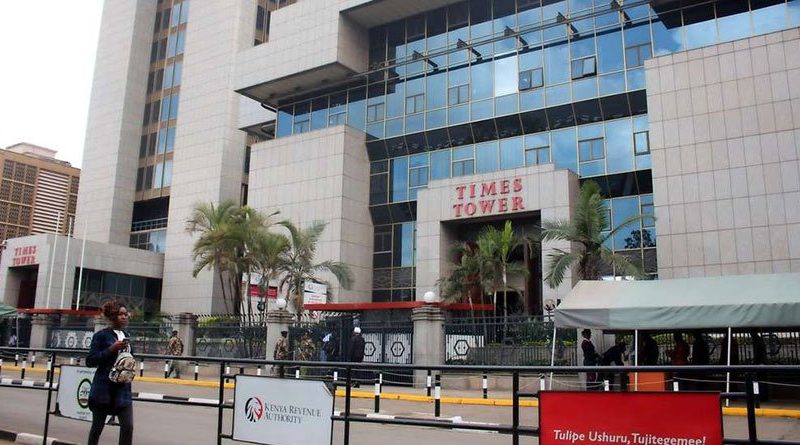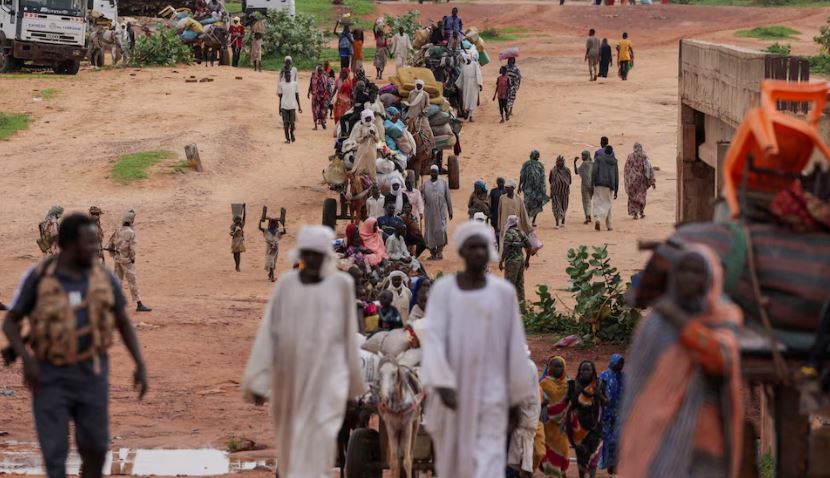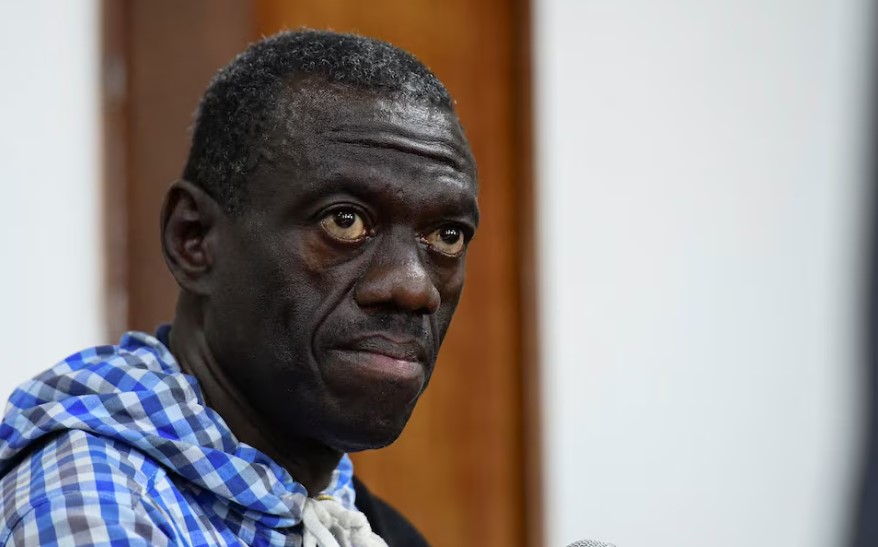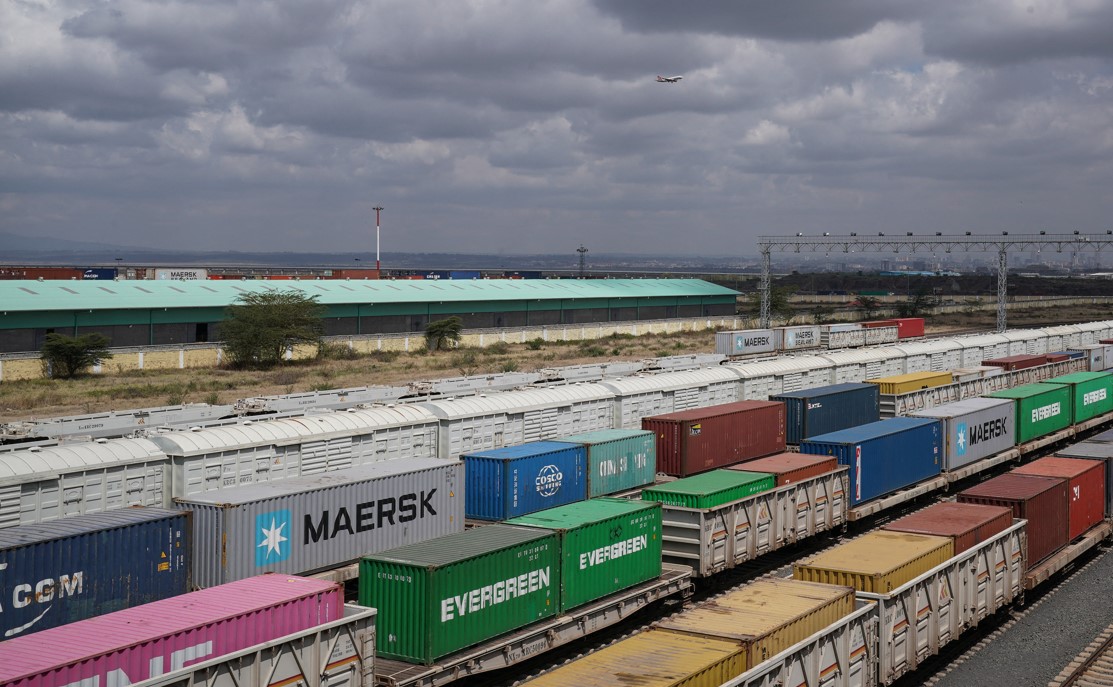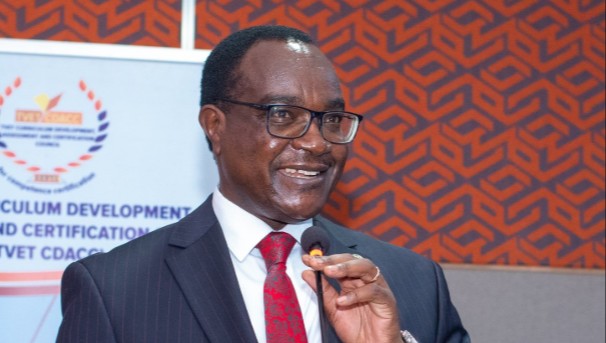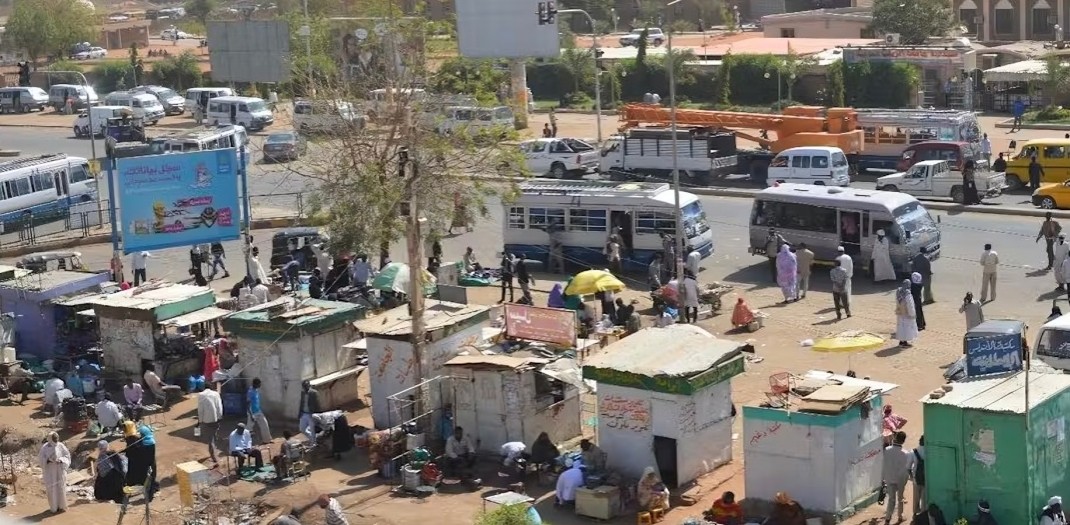Kenya Power adds 134,630 rural users but sees first revenue dip since 2020
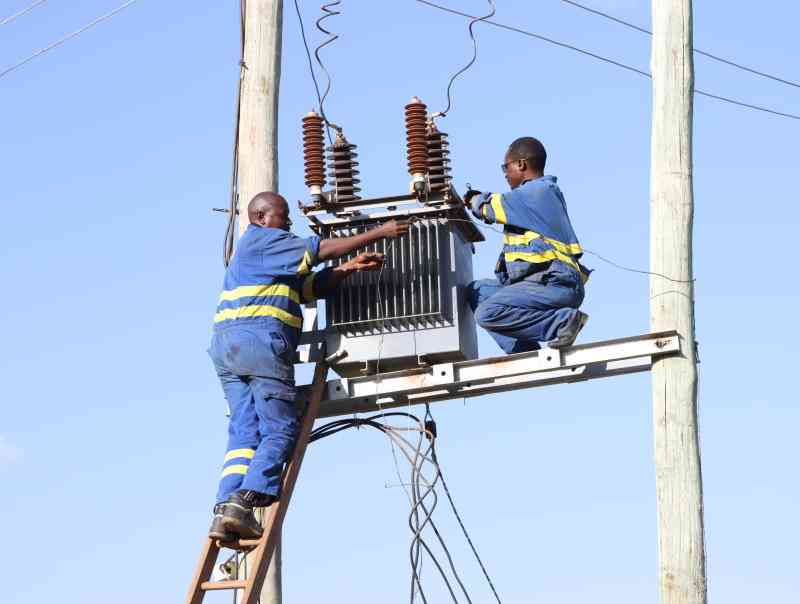
This drop in earnings from rural power use marks the first such decline since the financial year ending June 2020, when electricity sales dropped by Sh700 million to Sh10.1 billion—a 6.48 per cent fall.
Electricity consumption in rural areas has dropped for the first time in four years, even as more homes and public institutions were added to the national power grid in the last financial year, a new report has revealed.
Data from the 2025 Economic Survey released by the Kenya National Bureau of Statistics (KNBS) shows that 134,630 new customers in rural areas were connected to electricity in the year ending June 2024. This pushed the total number of rural users to 2,349,340, up from 2,214,710 in the previous financial year, marking a 6.1 per cent increase.
More To Read
- Kenya’s imports drop for the first time in five years
- Inflation holds steady at 3.8 per cent in June despite price pressures
- Kenya Power spent Sh151.7 billion, including billions on idle power, to guarantee supply – Wandayi
- Kenya leaps to top of Africa’s electricity regulation index, matching Senegal
- No compensation for blackout losses, Energy CS Wandayi tells businesses
- Judge rejects City Hall’s push for mediation in dispute over Kenya Power's Sh6.4 billion bill
However, despite the higher number of connections, electricity sales from rural areas fell to Sh12.4 billion, down from Sh12.5 billion recorded the year before. This represents a Sh100 million or 0.80 per cent dip in revenue for Kenya Power.
This drop in earnings from rural power use marks the first such decline since the financial year ending June 2020, when electricity sales dropped by Sh700 million to Sh10.1 billion—a 6.48 per cent fall.
KNBS attributed the latest growth in rural connections mainly to domestic and small commercial users.
“The number of customers connected under the rural electrification programme grew by 6.1 per cent from 2,214,710 in 2022/23 to 2,349,340 in 2023/24, mainly driven by domestic and small commercial categories,” KNBS wrote in the newly published report.
The figures show a clear shift between increasing access to electricity and actual consumption levels in rural parts of the country. Last financial year, the rural electrification programme accounted for 684.79 million kilowatt-hours of power, equivalent to 6.37 per cent of the total domestic electricity demand of 10.75 billion units.
This outcome raises questions about how rural households and institutions are using power once they are connected. It may also reflect changing habits, economic pressures, or limited affordability, despite broader access to electricity.
The government’s effort to extend power to more Kenyans continues under the Last Mile Connectivity Programme, which focuses on connecting homes and public buildings that lie within a 600-metre radius of a transformer. This is part of the national goal to ensure universal access to electricity.
The implementation of this programme is led by the Rural Electrification and Renewable Energy Corporation (Rerec), which is also responsible for providing solar energy systems to homes and public facilities located too far from the grid.
Rerec’s mandate includes ensuring that off-grid areas still benefit from access to power, especially health centres and learning institutions that support essential services.
The 2023/24 financial year saw continued investment in rural electrification, but the fall in consumption suggests that increasing grid coverage does not automatically translate to higher electricity usage.
Top Stories Today
